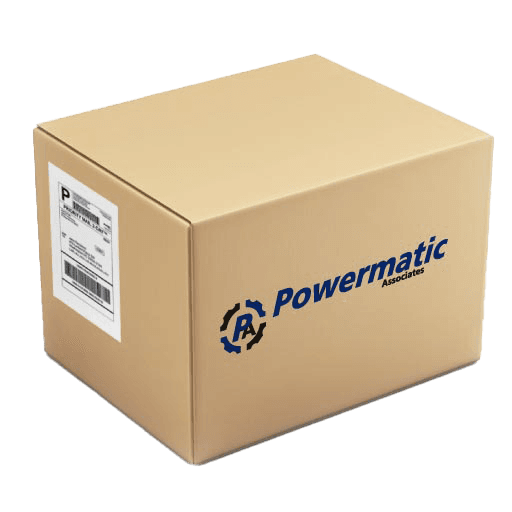
Novanta IMS MDO1FSL17A4 is a stepper motor characterized by its integrated drive...
Quick Quote

Novanta IMS MDO1FSD17B4-N is a stepper motor featuring an integrated driver and ...
Quick Quote

Novanta IMS MDO1FSD17A4-EXL is a stepper motor featuring an integrated driver an...
Quick Quote

Novanta IMS MDO1FSD17A4 is a stepper motor that features an integrated driver an...
Quick Quote

Novanta IMS MDM5PSD17B4-EAL is a stepper motor featuring an integrated driver an...
Quick Quote

Novanta IMS MDM5PSD17B4 is a stepper motor featuring an integrated driver and a ...
Quick Quote

Novanta IMS MDM5PSD17A4-EJL is a stepper motor featuring an integrated driver an...
Quick Quote

Novanta IMS MDM5FSD23D6 is a stepper motor featuring an integrated driver and a ...
Quick Quote

Novanta IMS MDM5FSD23C7-N is a stepper motor featuring an integrated driver and ...
Quick Quote

Novanta IMS MDM5FSD23A7-EQ is a stepper motor featuring an integrated driver and...
Quick Quote
| Item | Manufacturer | Price | Stock | Delivery | |
|---|---|---|---|---|---|
 | MDO1FSL17A4 Novanta IMS MDO1FSL17A4 is a stepper motor characterized by its integrated drive... | Novanta IMS | Quick Quote | ||
 | MDO1FSD17B4-N Novanta IMS MDO1FSD17B4-N is a stepper motor featuring an integrated driver and ... | Novanta IMS | Quick Quote | ||
 | MDO1FSD17A4-EXL Novanta IMS MDO1FSD17A4-EXL is a stepper motor featuring an integrated driver an... | Novanta IMS | Quick Quote | ||
 | MDO1FSD17A4 Novanta IMS MDO1FSD17A4 is a stepper motor that features an integrated driver an... | Novanta IMS | Quick Quote | ||
 | MDM5PSD17B4-EAL Novanta IMS MDM5PSD17B4-EAL is a stepper motor featuring an integrated driver an... | Novanta IMS | Quick Quote | ||
 | MDM5PSD17B4 Novanta IMS MDM5PSD17B4 is a stepper motor featuring an integrated driver and a ... | Novanta IMS | Quick Quote | ||
 | MDM5PSD17A4-EJL Novanta IMS MDM5PSD17A4-EJL is a stepper motor featuring an integrated driver an... | Novanta IMS | Quick Quote | ||
 | MDM5FSD23D6 Novanta IMS MDM5FSD23D6 is a stepper motor featuring an integrated driver and a ... | Novanta IMS | Quick Quote | ||
 | MDM5FSD23C7-N Novanta IMS MDM5FSD23C7-N is a stepper motor featuring an integrated driver and ... | Novanta IMS | Quick Quote | ||
 | MDM5FSD23A7-EQ Novanta IMS MDM5FSD23A7-EQ is a stepper motor featuring an integrated driver and... | Novanta IMS | Quick Quote | ||